
1/There has been a great deal on hypersonic weapons recently on Twitter.
This thread is my take on them & why Russia, China and the USA are going there.
This thread is my take on them & why Russia, China and the USA are going there.
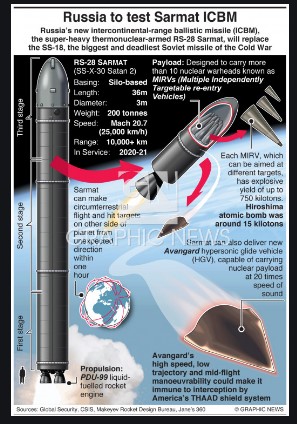
2/I agree and disagree with one of the better recent twitter threads on hypersonic weapons.
Hypersonic weapons are yet another overhyped weapon system liked the F-35, Zumwalt DDG and Ford class carrier.
Hypersonic weapons are yet another overhyped weapon system liked the F-35, Zumwalt DDG and Ford class carrier.
https://twitter.com/bleddb/status/1314503402664198145
3/That does not mean deploying them would not aid the national security interests of China, Russia & the USA.
I have touched on Chinese interests with this tweet.
I have touched on Chinese interests with this tweet.
https://twitter.com/TrentTelenko/status/1317446264590577664
4/That tweet in turn was spawned by this original video of the H6N with an HGV.
https://twitter.com/OedoSoldier/status/1317316788594438144
5/The wide scale deployment and production of several hundred SM-3 IB exo-atmospheric interceptors a year on USN Aegis combatants since 2017 is calling the Chinese 1st Island chain A2AD based on anti-ship ballistic missiles.
See:
cimsec.org/tightening-the…


See:
cimsec.org/tightening-the…
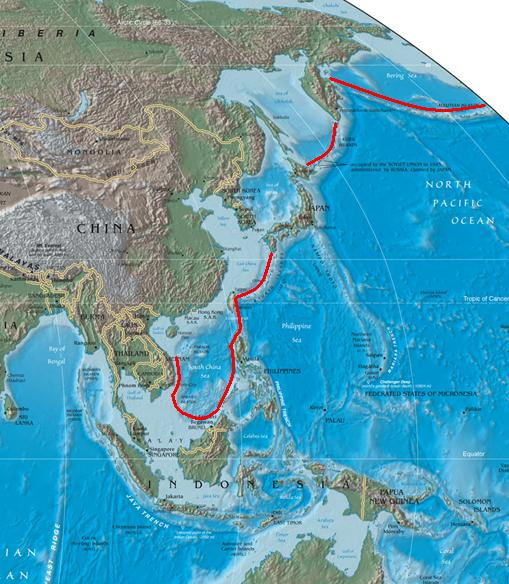


6/The Chinese anti-access air defense (A2AD) system is in turn a copy plus adaptation (W/ASBM) of the Russian A2AD systems.
Russian's A2AD system's role was to push E-3 Sentry AWACS and KC-135 tankers 250-to-350Km behind the FLOT so the Russians could control their own air space

Russian's A2AD system's role was to push E-3 Sentry AWACS and KC-135 tankers 250-to-350Km behind the FLOT so the Russians could control their own air space
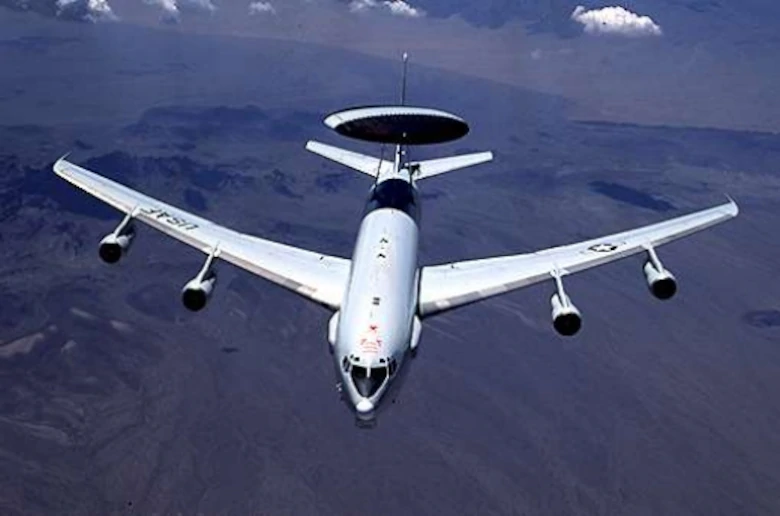
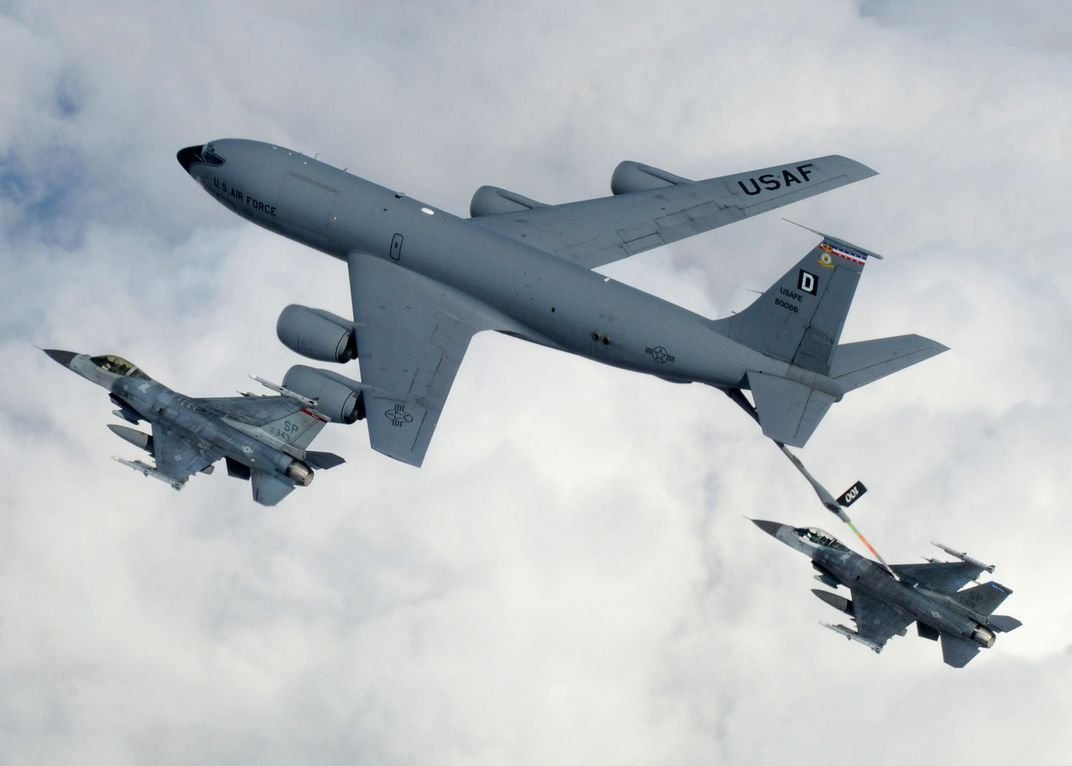
7/...& keep A-10's and F-16's with laser guided munitions off the back of their troops.
See these links for A2AD background:
ausairpower.net/APA-S-400-Triu…
ausairpower.net/APA-S-500-Triu…
See these links for A2AD background:
ausairpower.net/APA-S-400-Triu…
ausairpower.net/APA-S-500-Triu…
8/The Russians have concerns for the SM-3, but not directly regards it's A2AD systems.
What the Russians are concerned about is America's deployment of enough SM-3 IIA ABM's to stop a simultaneous attack of EMP nuke equipped DPRK & Iranian ICBM's.



What the Russians are concerned about is America's deployment of enough SM-3 IIA ABM's to stop a simultaneous attack of EMP nuke equipped DPRK & Iranian ICBM's.



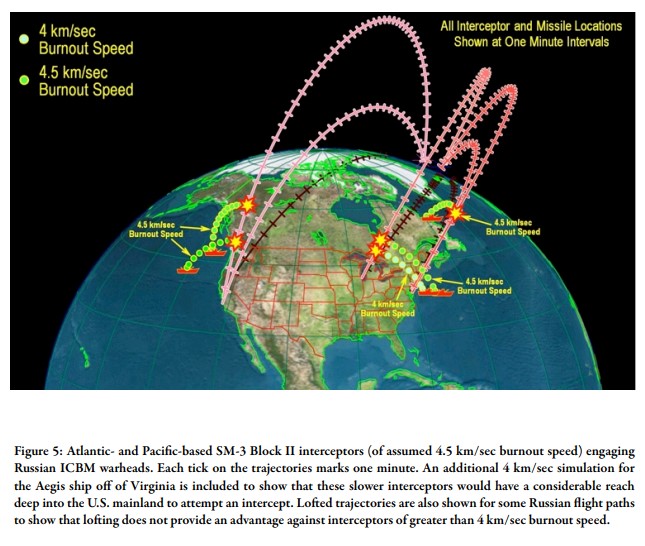
9/The production of the SM-3 IIA starts in 2021, building up to hundreds of interceptors a year.
The war stock goal is a 100% kill on a simultaneous Iranian & North Korean ICBM strike with four available ship-deployed SM-3 IIA's per whatever ICBM force these two powers have.

The war stock goal is a 100% kill on a simultaneous Iranian & North Korean ICBM strike with four available ship-deployed SM-3 IIA's per whatever ICBM force these two powers have.


10/... (AKA Two volley's of two SM-3 IIB missiles per incoming ICBM on deployed Aegis combatants.)
If you are a Russian looking at what would be left over after a US 1st strike on a Russian nuclear force of 570 ICBM's, a 48 strategic bombers plus 12 subs in SLBM bastions...


If you are a Russian looking at what would be left over after a US 1st strike on a Russian nuclear force of 570 ICBM's, a 48 strategic bombers plus 12 subs in SLBM bastions...

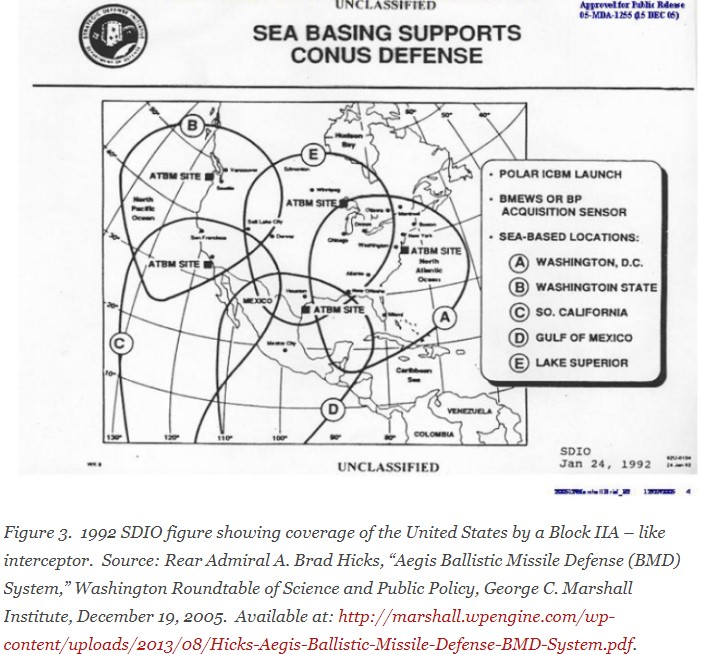

11/...that is utterly terrifying come 2024(+).
A ragged Russian strategic 2nd strike hitting an intact US Navy Aegis ABM force could mostly bounce because the post 1st strike Russian C2 could not generate a coordinated attack to saturate it.
A ragged Russian strategic 2nd strike hitting an intact US Navy Aegis ABM force could mostly bounce because the post 1st strike Russian C2 could not generate a coordinated attack to saturate it.
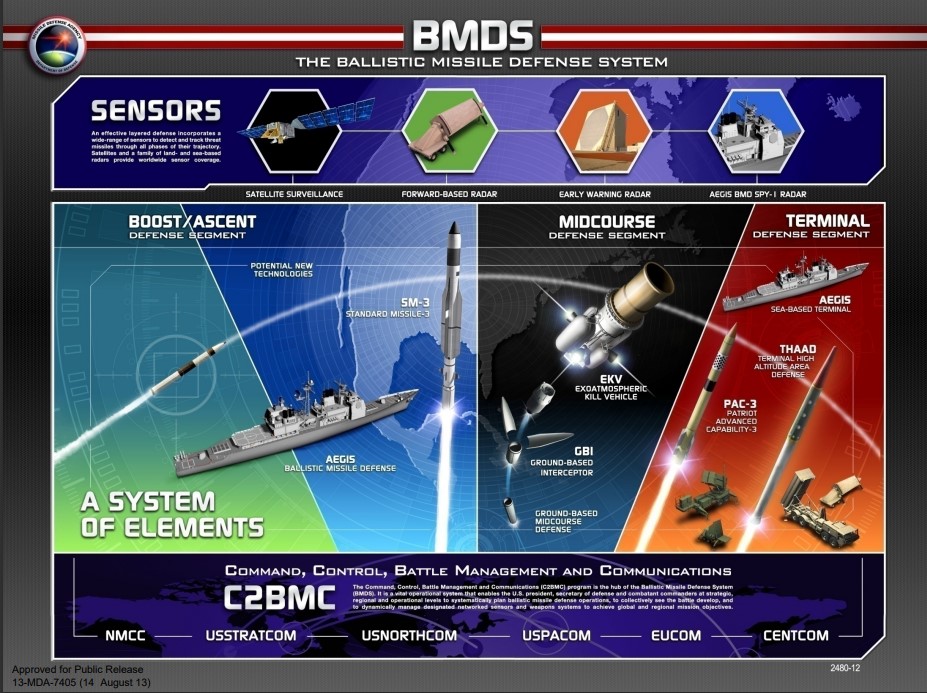
12/The Russians are now looking for surges of USN Aegis missile defense combatants off the US coasts in the same way NATO was looking for surges of Soviet Subs as a war indicator. And given the regular work ups and rotations of CVBG's, that's a problem.
13/Avangard hypersonic glide vehicle on IRBM's & ICBM's would enable a SEAD strike on the fixed ground based ABM radars supporting Aegis ships to allow a ragged Russian 2nd strike take out American cities and POL. 
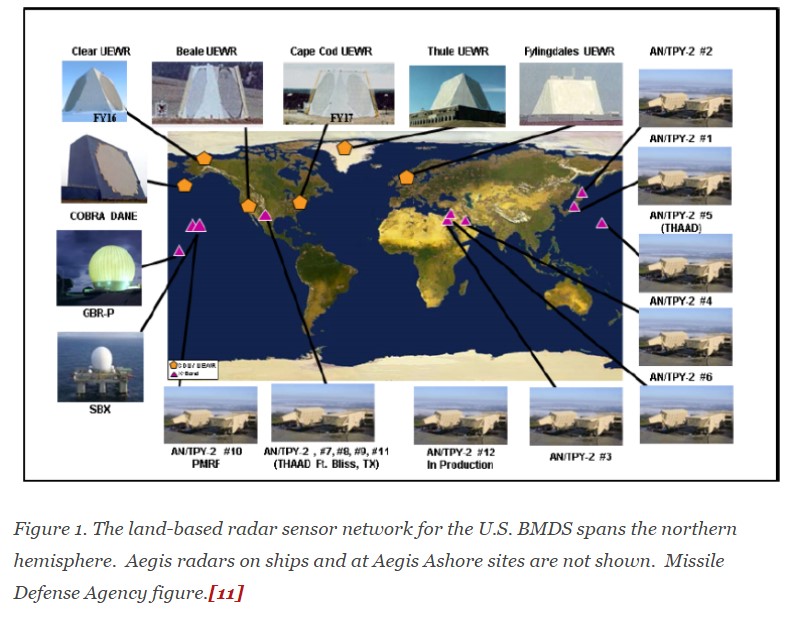
14/Russian Avangard HGV would not be a strategic 1st strike missile.
It is too slow and it's heat signature can be tracked from Geosynchronous orbit by US DSP satellites.
It is too slow and it's heat signature can be tracked from Geosynchronous orbit by US DSP satellites.
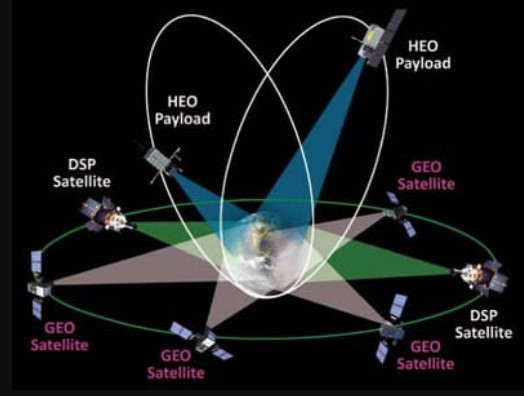
15/Russian nuclear doctrine is also focused on "demonstration/intimidation" single nuke strikes as a part of their strategic doctrine and Avangard delivers that capability...
...outside SM-6 and THAAD interceptor range.



...outside SM-6 and THAAD interceptor range.
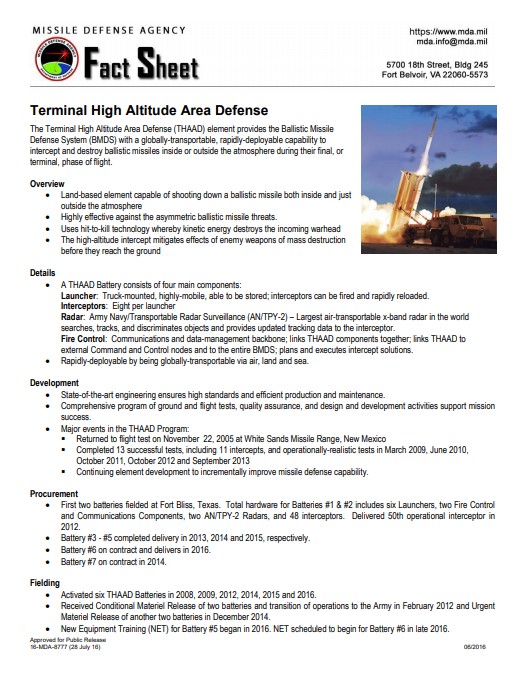
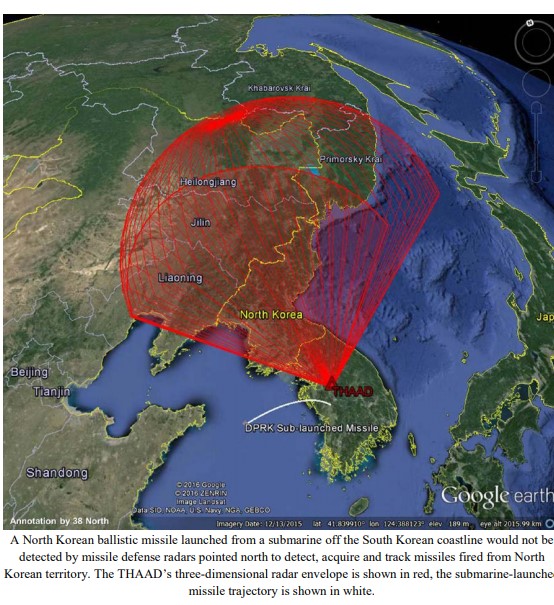

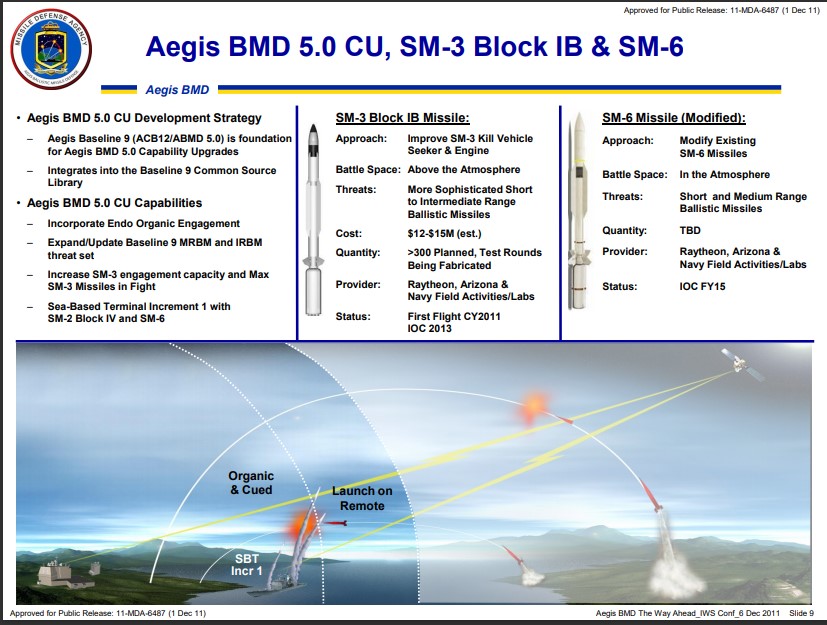
16/This brings up the need to define hypersonics. A hypersonic glide vehicle is a term of art. There are two primary categories of hypersonic weapons
Hypersonic glide vehicles (HGV) & launched from a rocket before gliding to target. It is a type of depressed trajectory MaRV
Hypersonic glide vehicles (HGV) & launched from a rocket before gliding to target. It is a type of depressed trajectory MaRV

17/
Hypersonic cruise missiles are powered by high-speed, air-breathing engines, or “scramjets,” after acquiring their target.
See definitions here:
missiledefenseadvocacy.org/missile-threat…
Hypersonic cruise missiles are powered by high-speed, air-breathing engines, or “scramjets,” after acquiring their target.
See definitions here:
missiledefenseadvocacy.org/missile-threat…
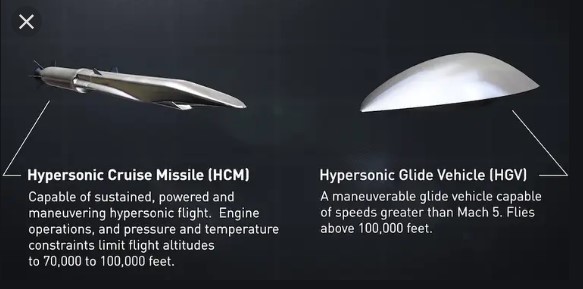
18/Whether we are talking MaRV, HGV or HCM, they all share the same problem as a re-entering manned space craft.
They have an opaque R/F ionization layer above the high supersonic.
Slowing down to the high supersonic gives THAAD & SM-6 an engagement opportunity.
They have an opaque R/F ionization layer above the high supersonic.
Slowing down to the high supersonic gives THAAD & SM-6 an engagement opportunity.

19/This slow down is required to give sensors, radar in particular, the ability to hit it's target.
See Pershing II MaRV video here:
gfycat.com/keyfemaleblesb…
See Pershing II MaRV video here:
gfycat.com/keyfemaleblesb…
20/The combination of GMD & SM-3 upper layer and either a SM-6, THAAD, PAC-3 lower gives a two layer IRBM/ICBM defense that frustrates nuclear missile attack planning to the point no rational actor will do so without a massive saturation attack.
Hence HGV's to avoid GMD/SM-3.
Hence HGV's to avoid GMD/SM-3.

21/American national interest in hypersonics are related to the Russian & Chinese A2AD systems & to the USAF Standoff Munitions Application Center (SMAC)
https://twitter.com/TrentTelenko/status/1315751222352244740
22/SMAC cut it's teeth on the Russian S-300/S-400/S-500 based A2AD.
https://twitter.com/TrentTelenko/status/1315751224059269120
23/Specifically, the high end "Kaliningrad class" threat with a S-400.
https://twitter.com/TrentTelenko/status/1315751225875460096
24/The US Military drive for hypersonics along with the low/stealthy stand off munitions like LRSAM seems to be develop the missile equivalent of a multi-trajectory artillery time on target (TOT) with integrated EW/cyber elements like MALD-X & Grey Wolf to overwhelm the A2AD C3I. 

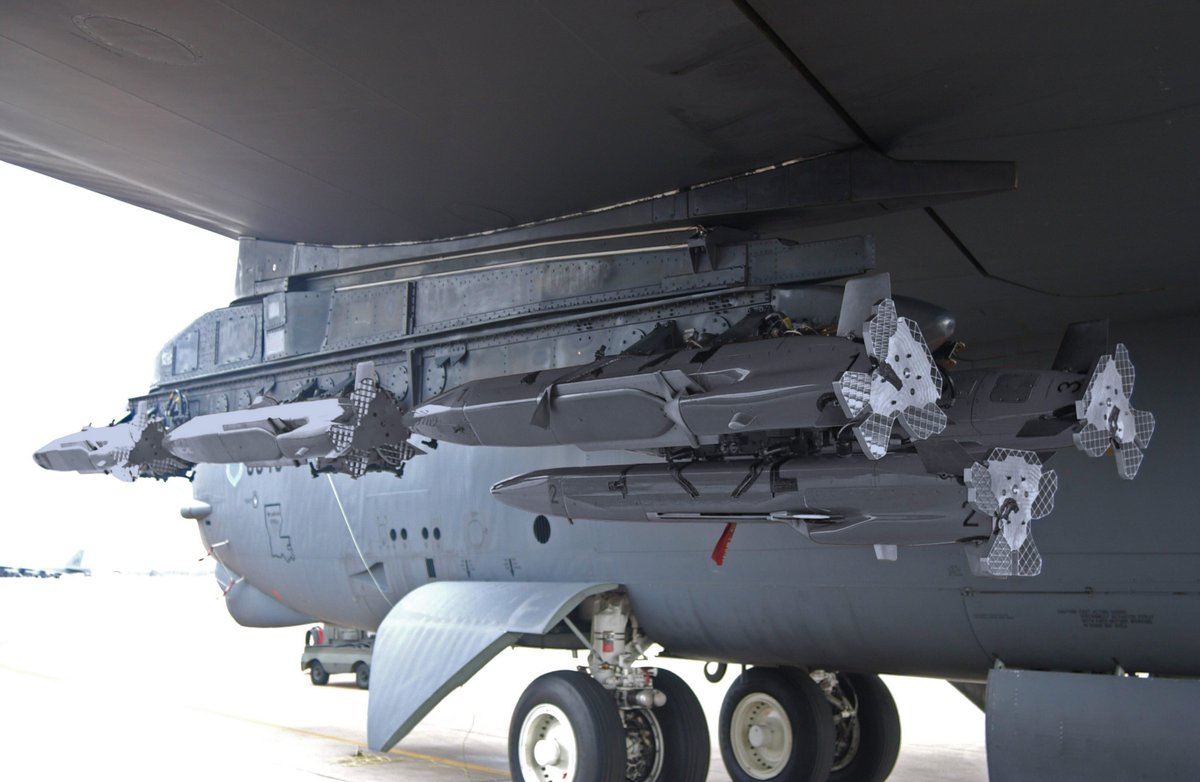

25/25 The USA has lost it's edge in electronic warfare compared to peer opponent A2AD systems.
But it has replaced part of what was lost via better planning & simulation used for multi-vector stand off munitions & decoys TOT against SAM batteries or what they are defending
But it has replaced part of what was lost via better planning & simulation used for multi-vector stand off munitions & decoys TOT against SAM batteries or what they are defending
@ThreadReaderApp unroll
• • •
Missing some Tweet in this thread? You can try to
force a refresh








